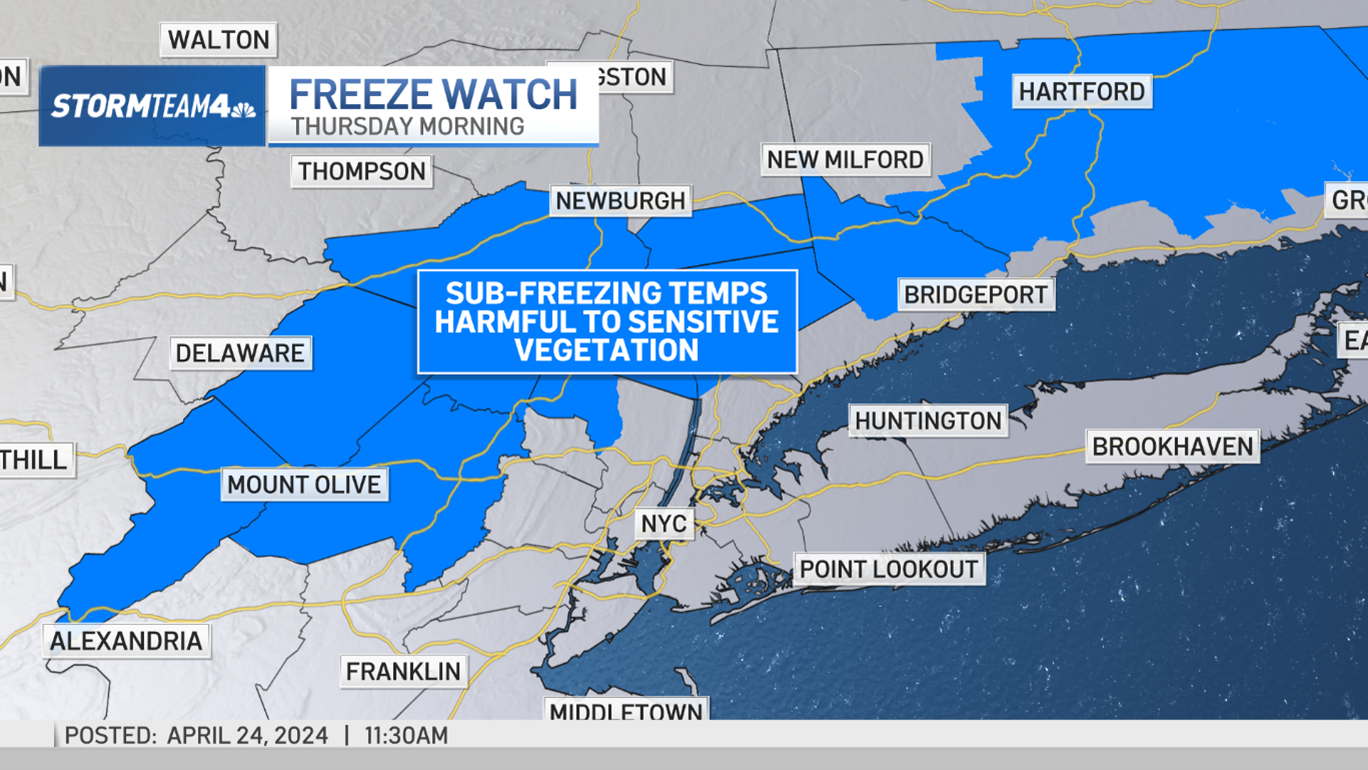Even Bleecker Street can't keep up with rising rents.
Eighteen percent of retail spaces along Bleecker Street from Sixth to Eighth avenues in Greenwich Village -- a popular shopping corridor -- remain vacant, according to a report released by Democratic state senator Brad Hoylman, who represents parts of Manhattan.
"Bleecker Street is a cautionary tale of how high rents in the Village and Chelsea are pushing out longtime independent business," Hoylman said.
While empty storefronts are traditionally considered signs of economically distressed or even crime-ridden neighborhoods, vacancies in the fairly prosperous areas of West Village, East Village and Chelsea indicate another phenomenon, according to Hoylman: "high-rent blight."
"In case after case, landlords push out local businesses in order to hold out for luxury retail or corporate chains capable of paying higher rents," Boylman said. "The result is a glut of empty storefronts, chain stores, pharmacies, and high-end national brands that often lack local character and don't provide goods and services the community needs."
Hoylman's office conducted a study of vacant retail spaces along major commercial streets in downtown Manhattan last month. They compared the number of vacant storefronts to the total number of stores along the corridors, determining the following vacancy rates:
- First Avenue from 10th Street to 23rd Street: 5.76 percent vacancy
- Second Avenue from 3rd Street to 14th Street: 6.67 percent vacancy
- Eighth Avenue from 15th Street to 22nd Street: 6.52 percent vacancy
- Bleecker Street from 6th Avenue to 8th Avenue: 18.44 percent vacancy
His report -- which he admits relies heavily on anecdotal evidence from interviews with small business owners and community leaders, as well as press reports, and is not intended to be scientific -- says several factors are at play when it comes to store vacancy, but exorbitant rent was chief among them.
Local
"When mom and pop stores are pushed out, landlords will often leave stores empty for long periods of time in hopes of finding a tenant who can pay much higher rent," which often means large corporate chains, according to Hoylman.
Hoylman says recent examples include the 2015 closure of Avignone Chemists at 281 Sixth Ave., on Bleecker, which is now a Sweetgreen salad chain eatery; the closure of men's clothing store Camouflage at 139 Eighth Ave. at 17th Street after 38 years in business, replaced by a Verizon retailer; and the forced move of neighborhood store Bonnie Slotnick Cookbooks, from its space at 163 West 10th St. to the East Village.
Hoylman argues that when stores leave, residents often lose access to goods or services, and they may start shifting their shopping habits into a different street or neighborhood, sometimes permanently. And as stores pay higher rents, goods and services are priced higher, prompting fears among residents that they'll be priced out of their own neighborhoods.
"For example, the Redwood Kitchenette & Bar at 102 8th Avenue near 16th Street used to serve $5 beers at its daily happy hour," said Hoylman. "Now the store is a Liquiteria, a juice chain where you can get a smoothie for $9."
He also believes the chains, pharmacies and high-end retailers taking over the spaces harm the local character and flavor of the neighborhoods.
But Karen Bellantoni, vice chair of Robert K. Futterman & Associates, a retail broker who serves on the Real Estate Board of New York's retail committee, disagrees with the senator's conclusions.
"The local stores of [national chains] concide very well with the unique character of the neighborhoods," she told News 4. "If you ask any of these local retailers, they like the idea of having national coming in and do a concept so they drive traffic; they're a good draw."
"They're great local neighbors out there, and unique to the marketplace," she added.
Bellantoni believes most landlords will do their best to keep great tenants in place in any given neighborhood, and that they tend to honor longtime relationships with them.
She added that the market adjusts itself; the most recent REBNY Manhattan retail rent report from spring shows rents have actually declined.
"Rents did get a little ahead of themselves. What we're seeing is landlords have actually lowered their asking rents in the [Bleecker Street area] in a little over 12 months," said Bellantoni.
"I actually think landlords are in deal modes, that's what we saw from the retail report," she said. "They're in positions where they want to make deals and I think there's going to be an absorption."
Hoylman says he wants to combat small business vacancies by creating a registry of local legacy businesses that could potentially merit tax credits; create a formula retail zoning restriction to place limits on national chain stores; phase out tax deductions for landlords with persistent vacancies and eliminate commercial rent tax on many small businesses.



